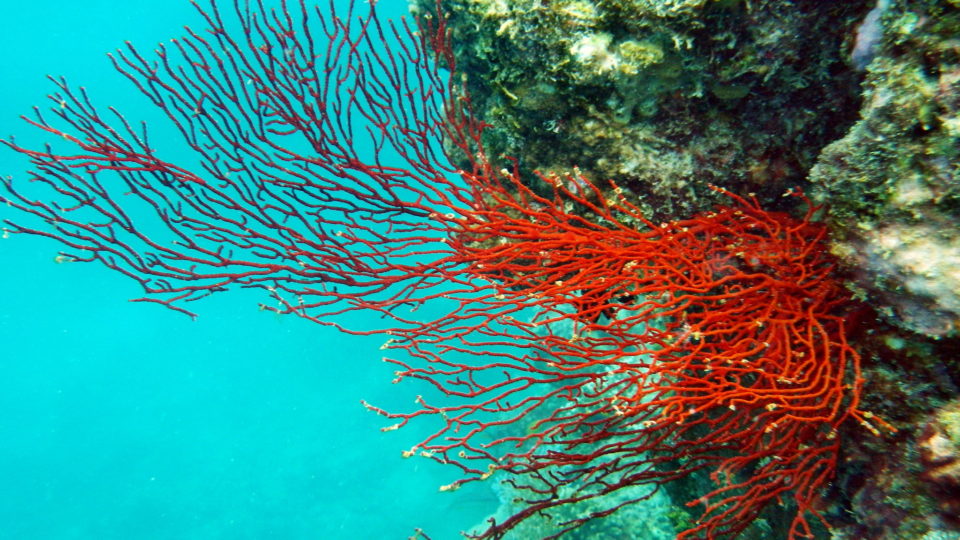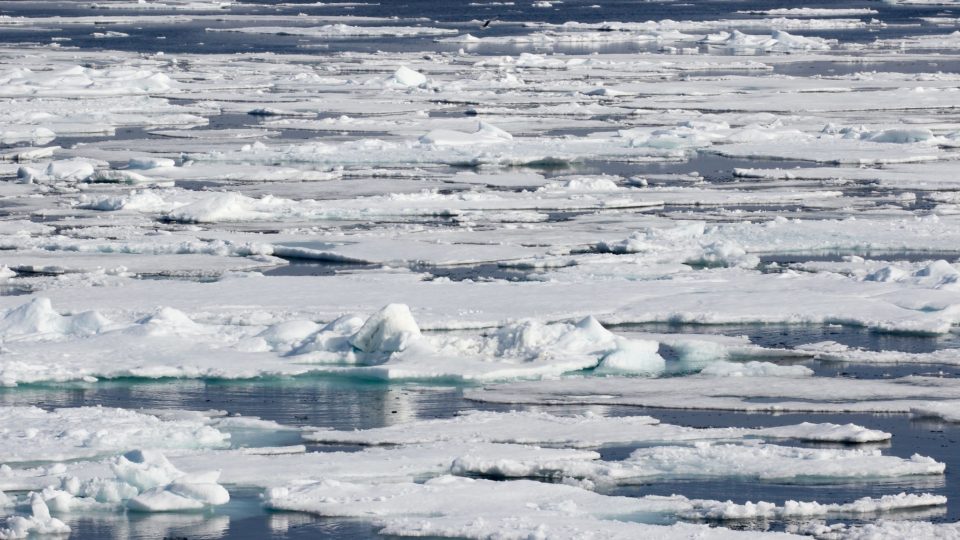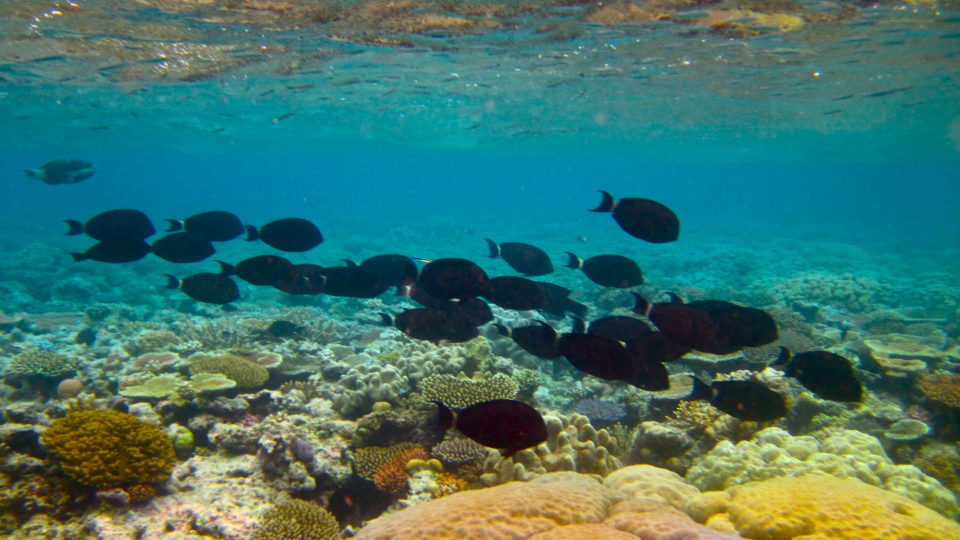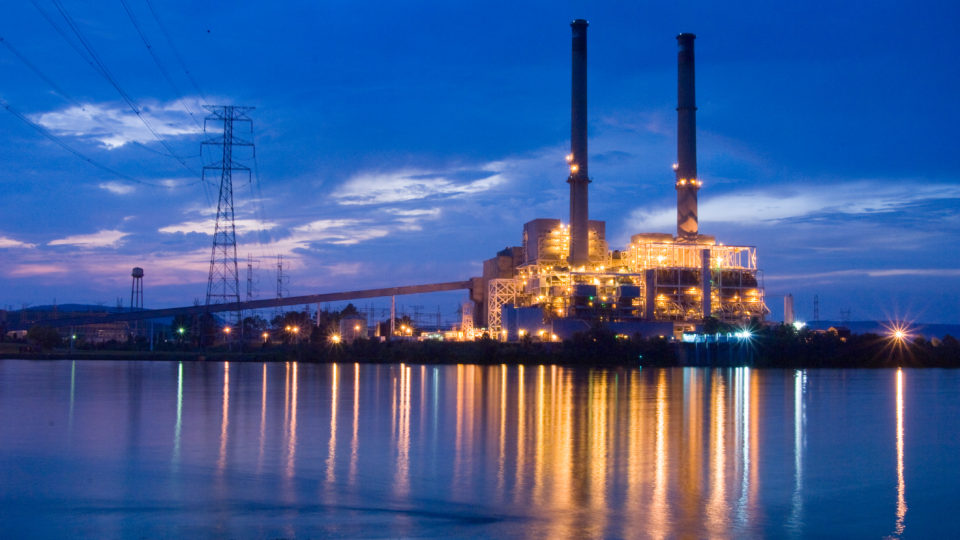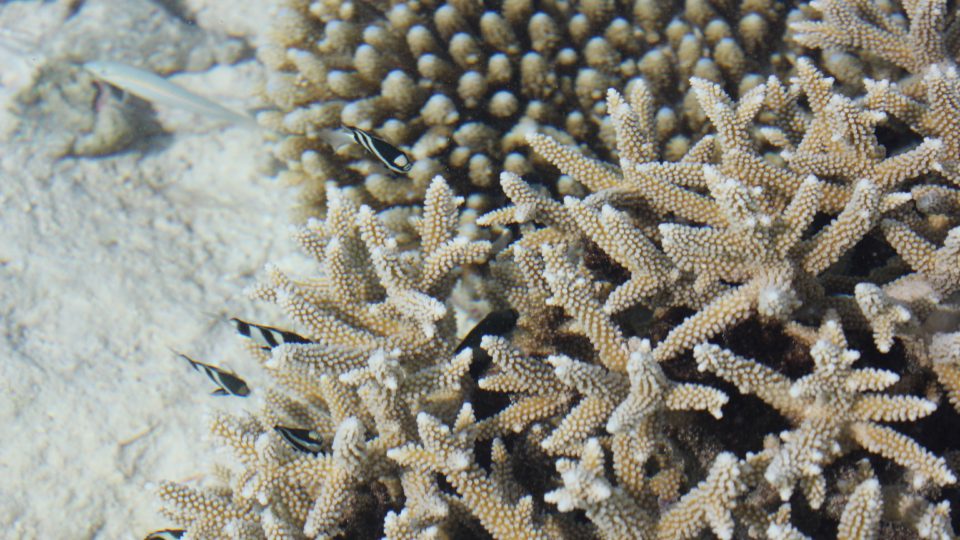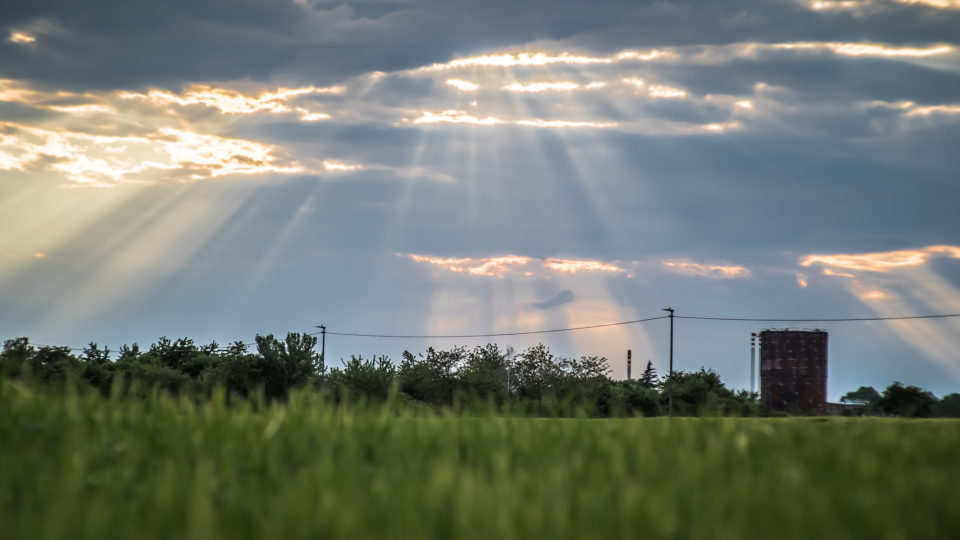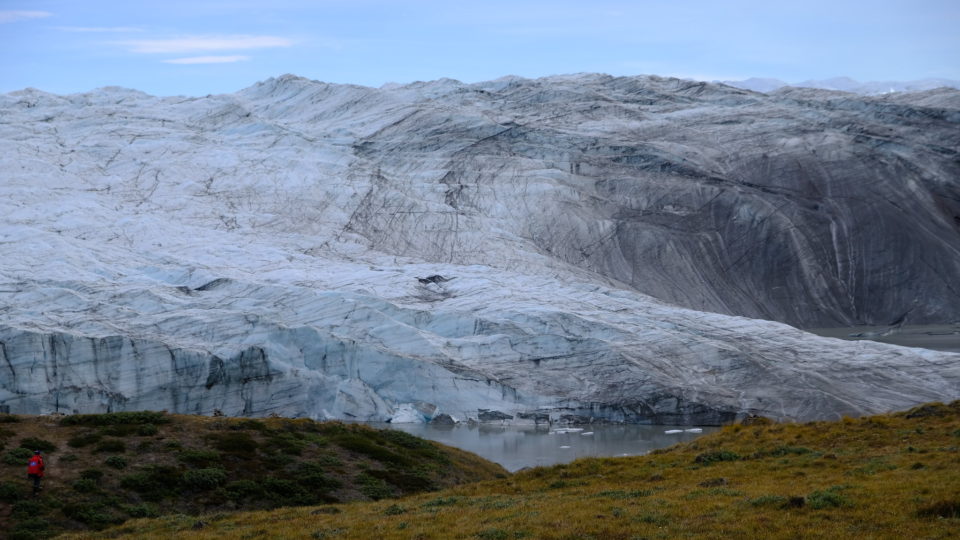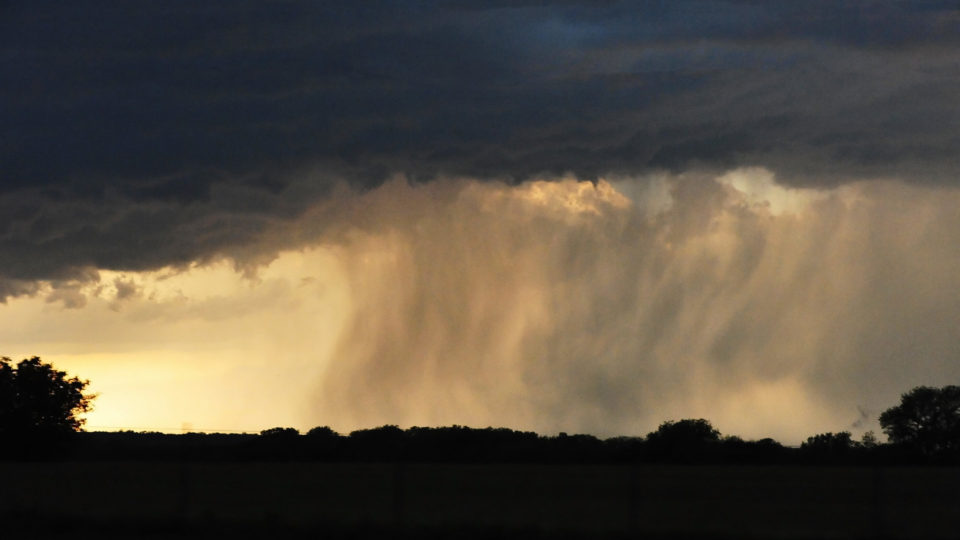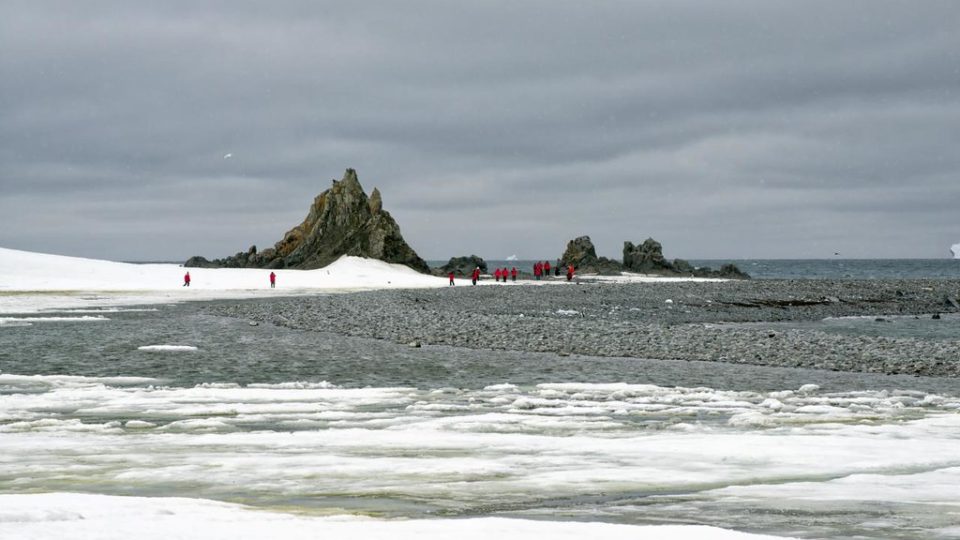The Arctic is warming faster than any region on Earth and mostly we’ve been hearing about the rapid disappearance of Arctic sea ice. But the land in the Arctic is also undergoing major changes, especially to the permafrost that has been there for millennia.
Permafrost occurs in areas where the temperature of the ground remains below freezing for two years or more. About a quarter of the Northern Hemisphere’s landscape meets this criterion. Most of the world’s permafrost is found in northern Russia, Canada, Alaska, Iceland, and Scandinavia.
Permafrost regions previously carpeted in cranberries, blueberries, shrubs, sedges, and lichen are now being transformed into nothing but mud, silt, and peat. So-called regressive thaw slumps – essentially landslides – are creating large craters in the landscape. (The Batagaika Crater in the Yana River Basin of Siberia is a kilometer long and 100 meters deep).
Apart from the violence being done to the Arctic landscape, the greatest concern is that the permafrost has locked in huge stores of greenhouse gases, including methane, carbon dioxide, and nitrous oxide. It is estimated that the permafrost contains twice as much carbon as is currently contained in the atmosphere. As the permafrost thaws, these gases will be released. With them will be pathogens from bygone millennia whose impact cannot be predicted. Climatologists estimate that 40% of the permafrost could be gone by the end of the century.
As the permafrost thaws, the region’s ecosystems are changing, making it increasingly difficult for subsistence indigenous people and Arctic animals to find food. Landslides are causing stream flows to change, lakes to suddenly drain, seashores to collapse, and water chemistry to be altered.
The warming Arctic is about much more than disappearing sea ice.
**********
Web Links
How Thawing Permafrost Is Beginning to Transform the Arctic
Photo, posted February 9, 2017, courtesy of the U.S. Geological Survey via Flickr.
Earth Wise is a production of WAMC Northeast Public Radio.



